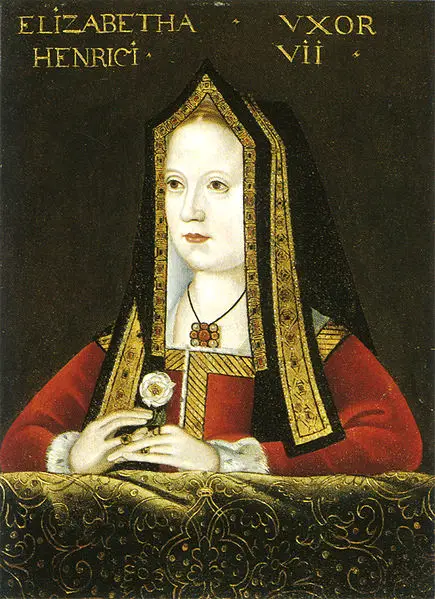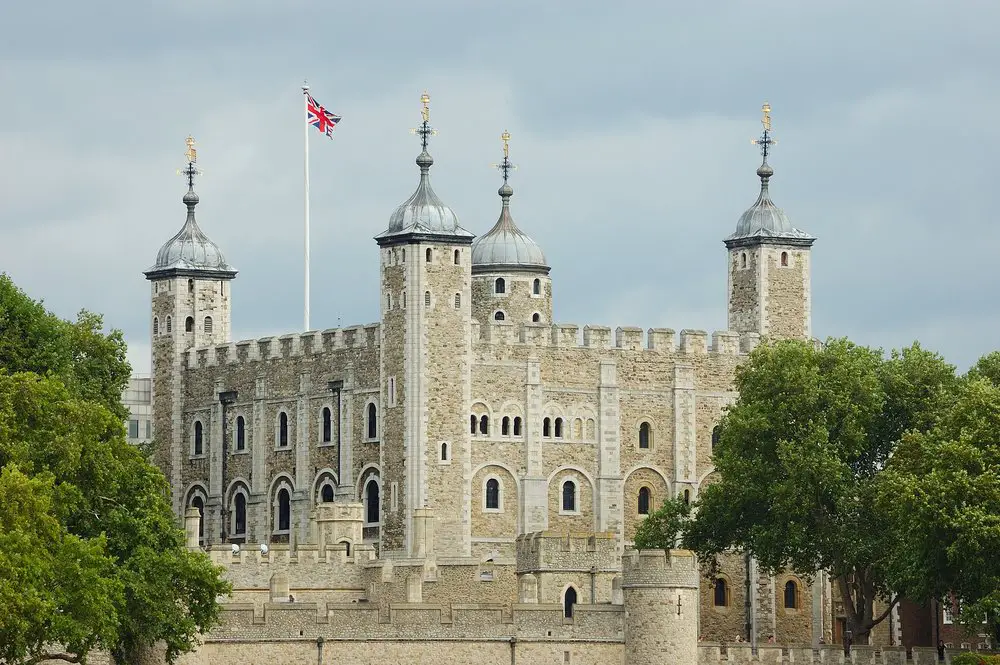On 10th February 1567, Henry Stuart, Lord Darnley, second husband of Mary, Queen of Scots, was murdered at Kirk o'Field in Edinburgh. In today's video, I tell you what happened.
You can click here to find out more about Darnley.
Also on this day in history:
- 1542 – Catherine Howard, Henry VIII's fifth wife, was taken to the Tower of London by barge ready for her execution.
- 1550 – Death of Sir Edmund Walsingham, soldier and Lieutenant of the Tower of London. He was buried at Chislehurst. Walsingham was Lieutenant of the Tower when Anne Boleyn and Catherine Howard were imprisoned there.
- 1554 – Death of Sir William Sidney, courtier and former Steward to Prince Edward (future Edward VI), at Penshurst. He was buried at Penshurst parish church.
- 1557 – Death of Sir Edward Montagu, lawyer and judge, at his manor of Boughton, Northamptonshire, and buried in the church of St Mary, Weekley. Montagu served Henry VIII as Lord Chief Justice of the Court of the King's Bench from 1539 to 1545 when he became Lord Chief Justice of the Common Pleas. He was also a Privy Councillor and acted as one of the executors of the King's will in 1547.
- 1564 – Death of Henry Neville, 5th Earl of Westmorland, at Kelvedon, Essex. He was buried at Staindrop. The teenage Neville was taken hostage during the 1536 Pilgrimage of Grace to ensure his father's co-operation with the rebels. He served Henry VIII as privy councillor and, when Edward VI was dying, signed the letters patent naming Lady Jane Grey as his successor. He swapped sides shortly after Edward's death, declaring for Mary I and bore the Second Sword and Cap of Maintenance at her coronation in October 1553.
- 1612 – Death of Jodocus Hondius (Joost de Hondt), artist, engraver and cartographer, at Amsterdam. Hondius worked with De Bry and Augustin Ryther in 1589 on engravings for the English version of “The Mariner's Mirror”, and was also responsible for a world map. Other works included portraits of Elizabeth I, illustrations for the voyages of Sir Francis Drake, a celestial globe and terrestrial globe.



Mary had nothing to do with the murder of her idiotic husband but she knew but didn’t know about it, if you get my drift.
Mary would not contemplate the alternative put to her, to divorce him so certain of the Lords did it on her behalf, wink wink.
I don’t believe she did it and was actually in danger herself. Mary’s mourning isn’t well known but she did, before she went to safety with Bothwell. I believe she agreed to marry him in time but she was forced to marry him in haste and yes, he raped her. That ensures she married him. She was then forced to take on her lords and into captivity and forced to abdicate. She miscarried at Lochleven of twins and after an abortive battle she was allowed to go to exile in England. She was the guest of Elizabeth, then her prisoner, she was humiliated in Edinburgh and called a wh*re and murderer but no I don’t believe she killed him. She was forced to leave her son and she was very much upset by that. To me she was the strongest out of herself and Elizabeth because she faced so much danger on a personal level. She saw her Secretary killed at her feet by 53_daggers, she almost lost her son, she had a bisexual husband who bullied her and was an alcoholic, she was assaulted in her room by a stalker, she had a shock by his murder, she was forced to flee and leave her son, she was raped and had a knife to her throat to force her to abdicate and was forced to find refuge in a foreign country with her cousin who imprisoned her. She stood her ground on numerous occasions and she was steadfast in the face of a brutal trial and execution.
Henry Stewart, Earl of Darnley was not suitable for Mary, save that he was apparently charming and attractive and his own claim to the English throne strengthened hers so as a Dynastic marriage probably made sense. Elizabeth wanted Mary to marry an English man, but this was the wrong one. Mary was outraged by her cousin’s attempts to dictate her marriage plans and only name her, Mary as her successor, if she married Robert Dudley. O.K so she chose this charming young man whose character flaws were not yet clear. There is some evidence that his drinking showed itself at the wedding and that is why she put off consummation for a few days. He immediately made demands which were probably unreasonable but Mary agreed to. She didn’t immediately confirm his title as King with an investment, but he was made King. That was were the trouble started. He wanted more and more power, behaved appallingly and was a puppet of a faction of her men. A power struggle between Darnley, Murray, her brother and other Lords led to the banishment of James Stewart and his rebellion, held up by England. His defeat and capture and a formal pardon led to the tragic events above. Mary brought all three parties together but Darnley was jealous of David Rizzo who wasn’t her lover but he saw things differently. The Lords persuaded Darnley that Rizzo took his place and the horrible murder followed. Mary was held a captive but escaped and helped by Lord Bothwell formed her army and came to Edinburgh. She again took control and pardoned the killers but held evidence over their heads for the future. In triumph she gave birth to a son, James and things settled down. Some time later Mary and Darnley were estranged and he was given the house at Kirk O Field. It was here that he entertained his friends, his lovers, gambling and drinking and certainly some lords felt he was an embarrassment.
While ill recovering from small pox, although it may have been the pox, the explosion happened. Darnley escaped and his body was found with another man, both strangled. Mary was at Holyrood, having been ill herself and was woken by the massive explosion. She was urged to flee but didn’t. Her error was not having Bothwell put on trial. Events went as above.
I don’t believe the casket letters are anything other than forgeries. Anything likely to look bad or a conspiracy Mary would have put under cipher. She used word substitutions ciphers so could have hidden her true intentions. That they were cut and pasted is very suspicious. Mary already looked bad in the aftermath of her husband’s murder and it would be very easy for the Protestant Lords to send these letters to Elizabeth in order to blacken Mary’s name. It was correct that an inquiry was made. It should have been the end when Mary was vindicated. Elizabeth, however, was paranoid and her advisers didn’t want Mary helped. So the former Queen of Scotland was held captive, moved around, became the hope of English Catholics and young men with too much time on their hands. Plots focused on her freedom, then her replacement of Elizabeth, finally alleged involvement in the Babbington plot to kill Elizabeth in 1586.
At her trial she gave a grand performance, even when a vast amount of paperwork was shown her, allegedly proving her guilt, although this is still debated, but she didn’t waiver. At her illegal execution, Mary was an actress on the stage of history. She dressed as a martyr and died as a martyr. Elizabeth claimed it was not her wish, but it was her signature on the warrant. Elizabeth was judged guilty by history of the murder of a fellow Queen, Mary, who may or may not have killed her husband, the romantic heroine and innocent victim.